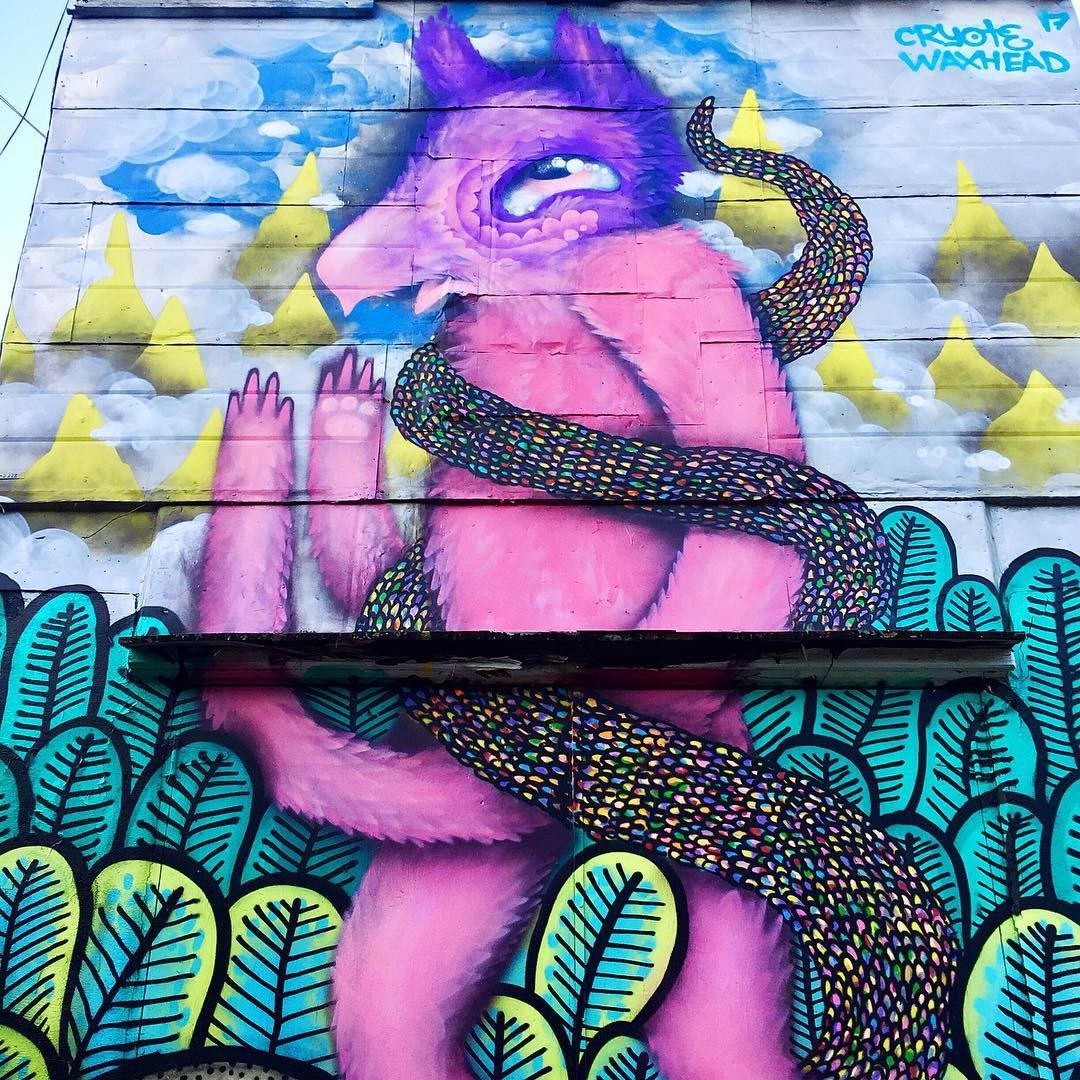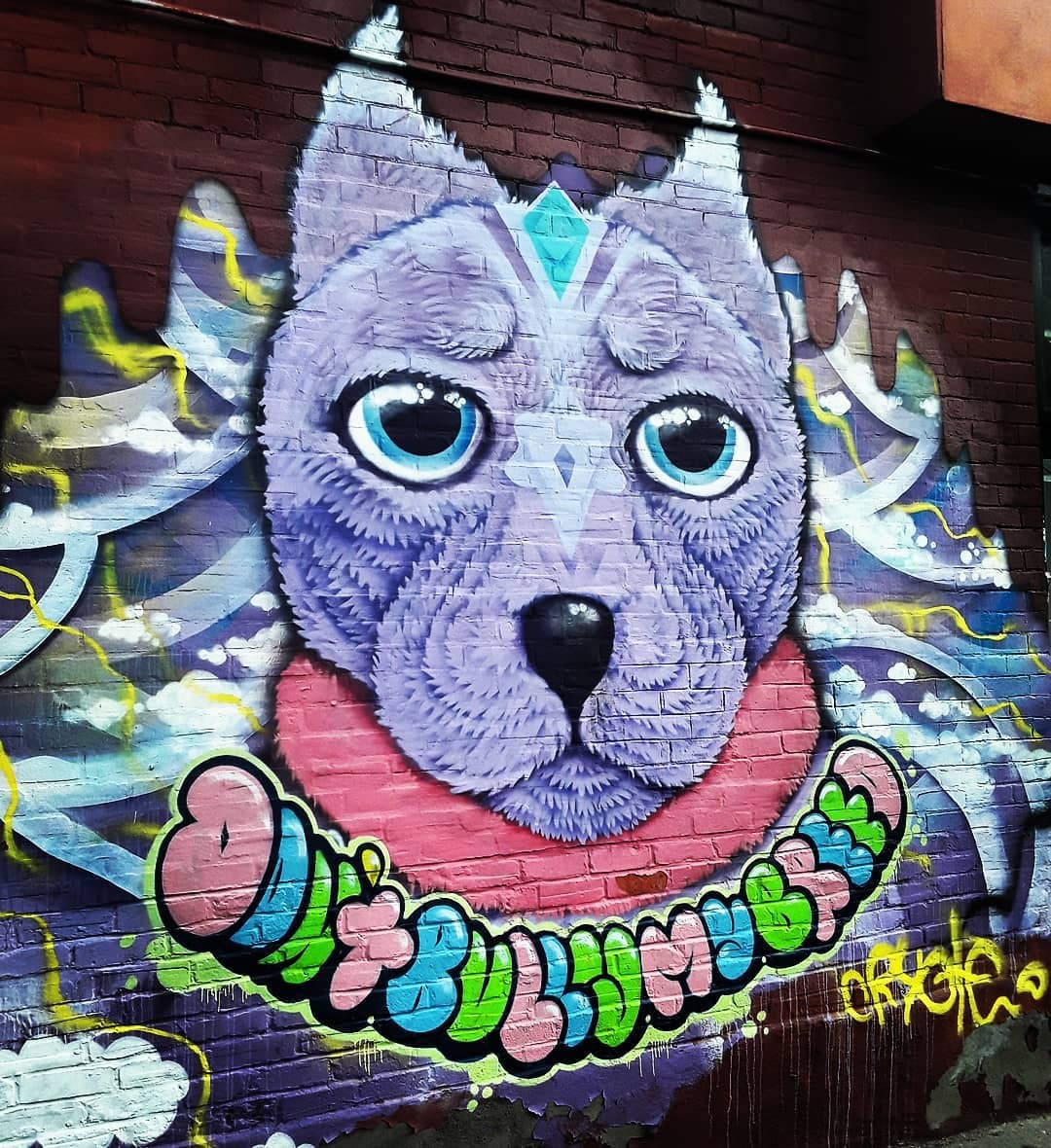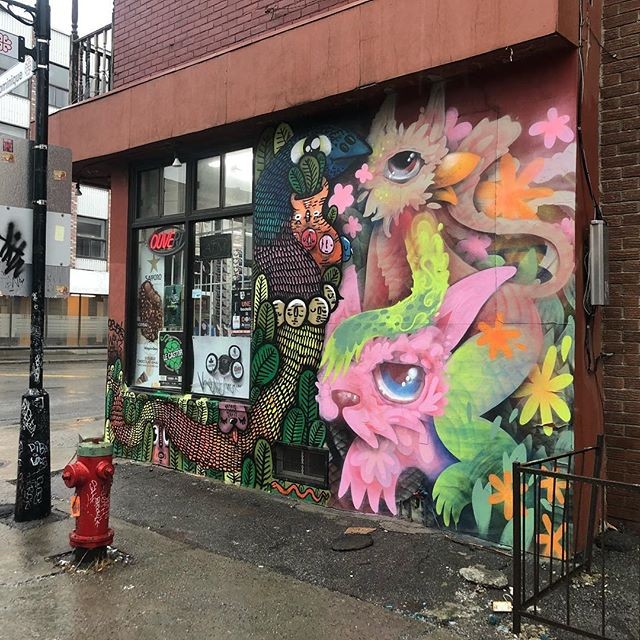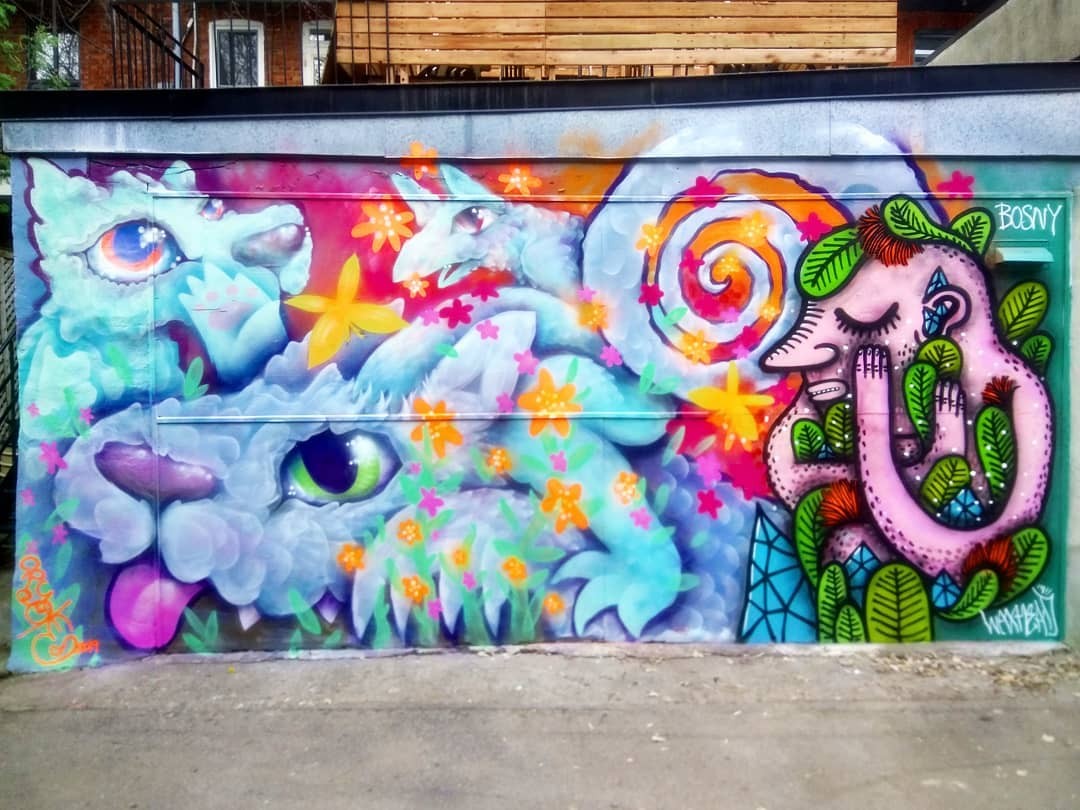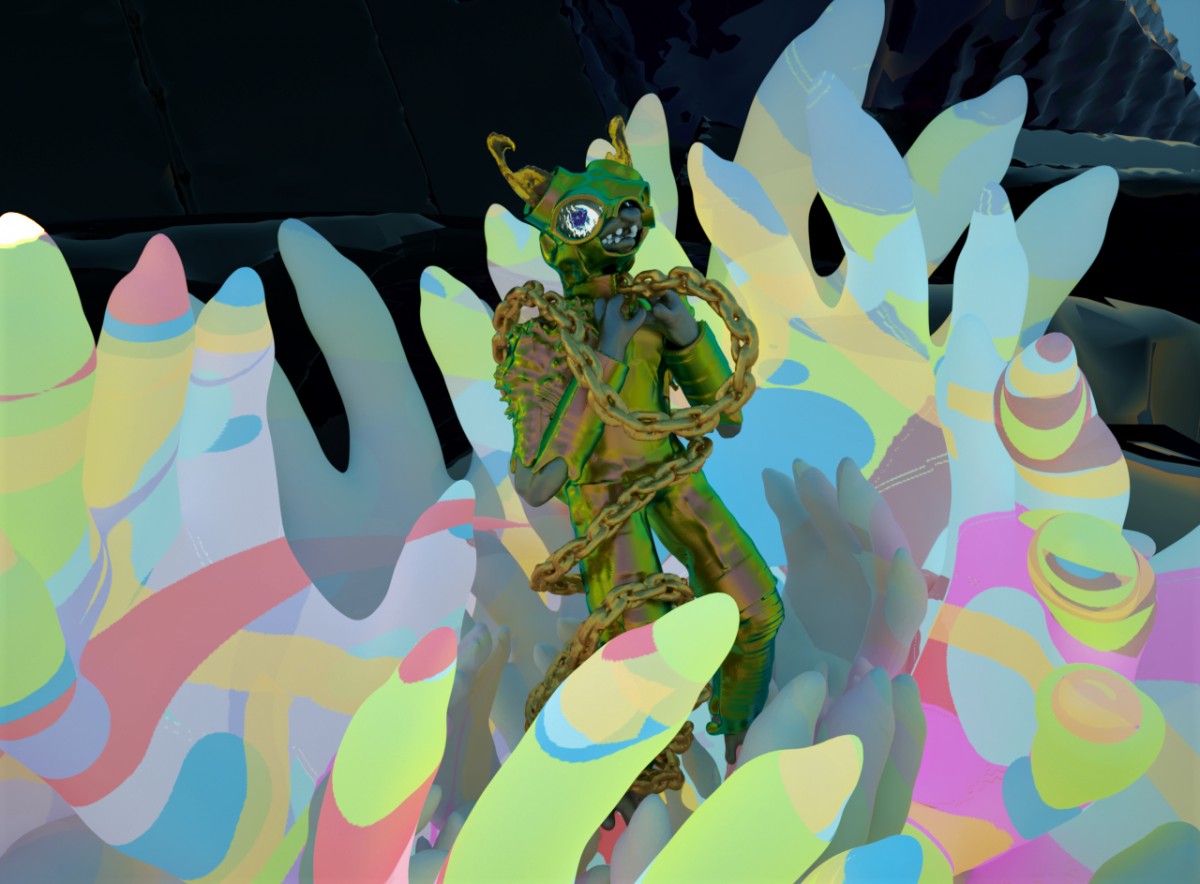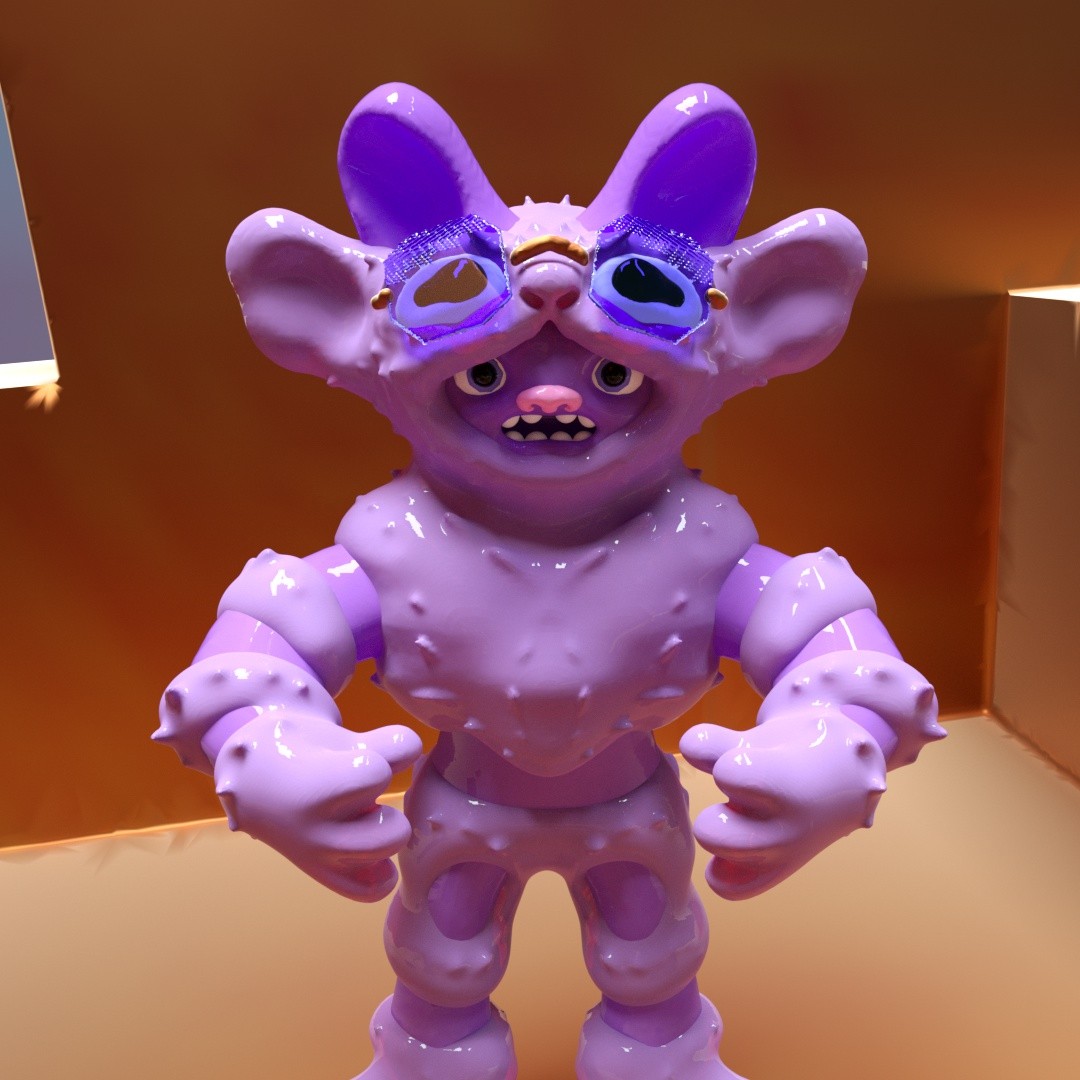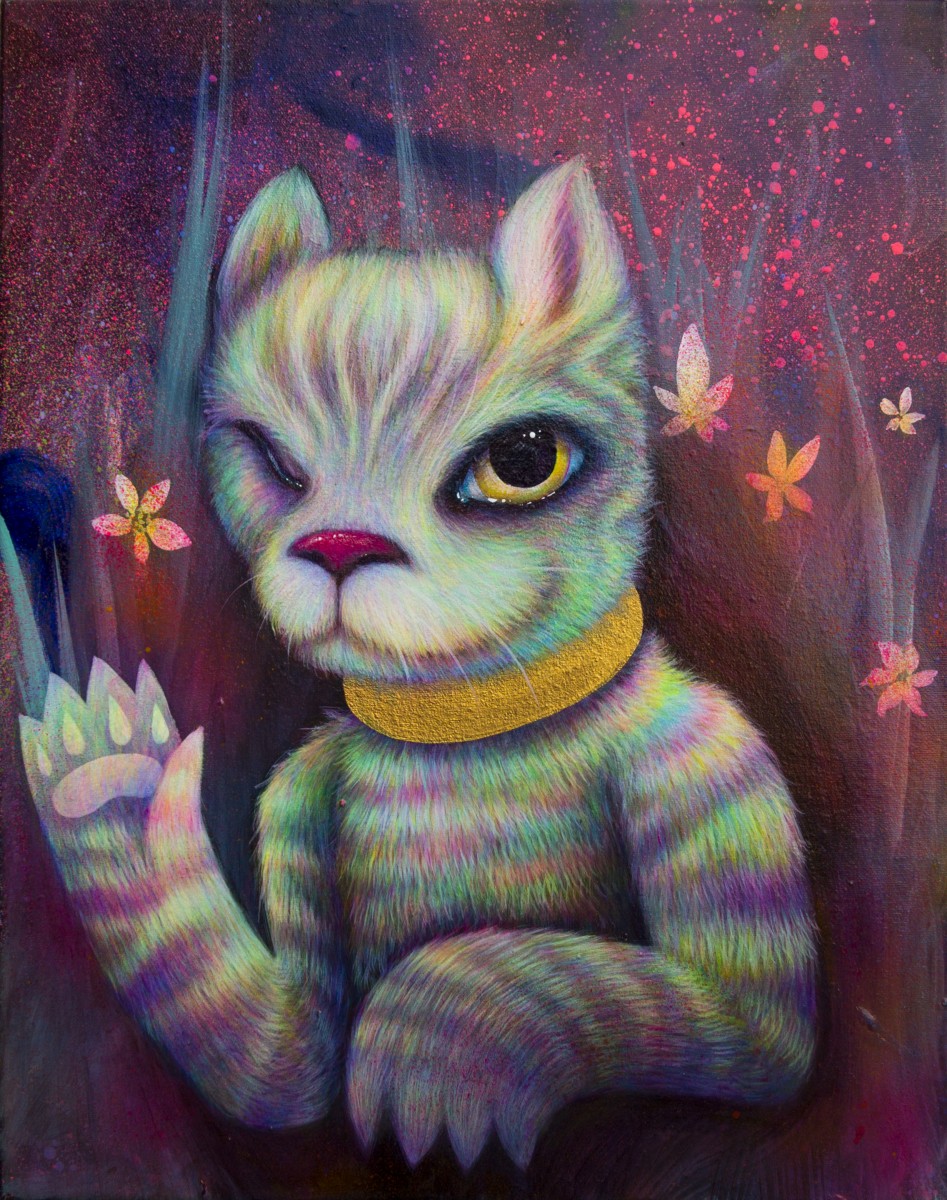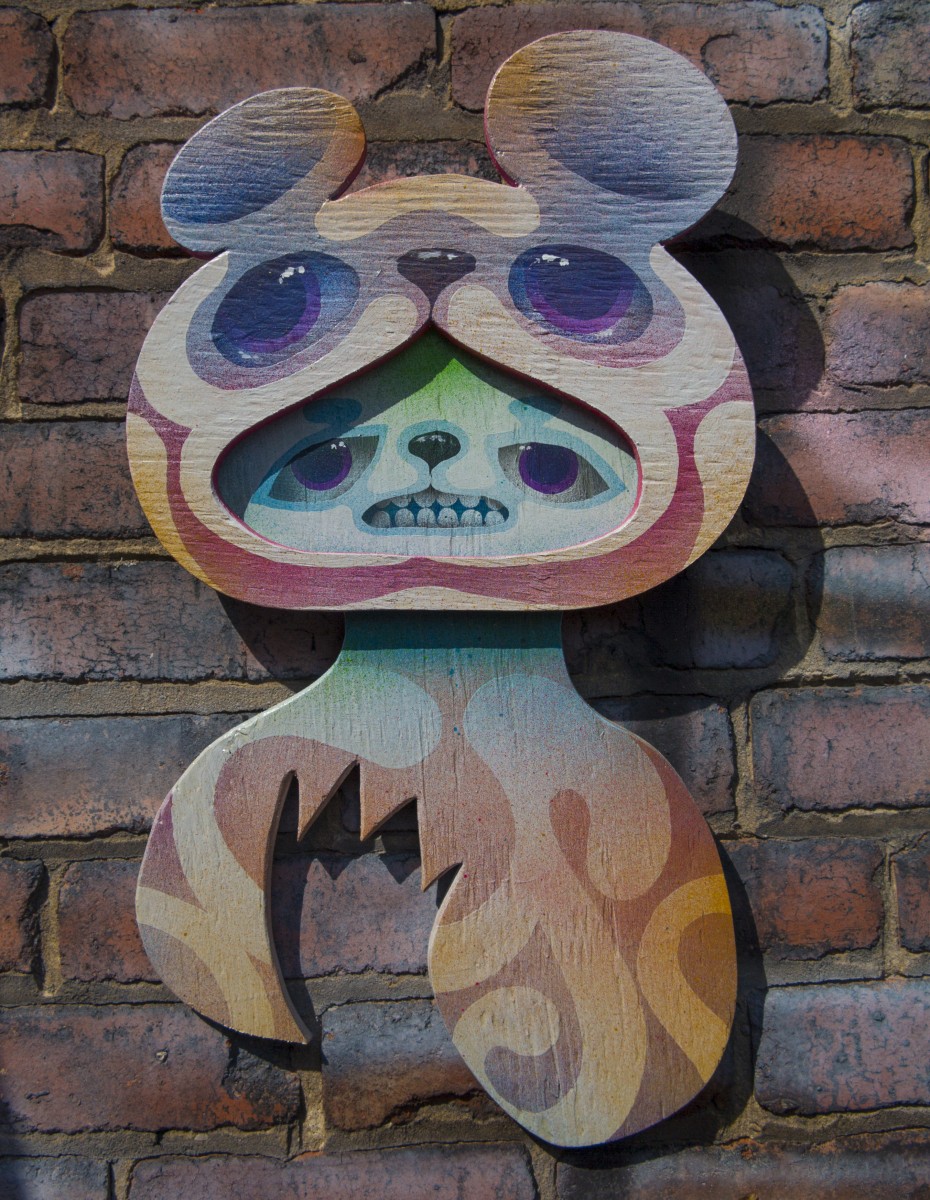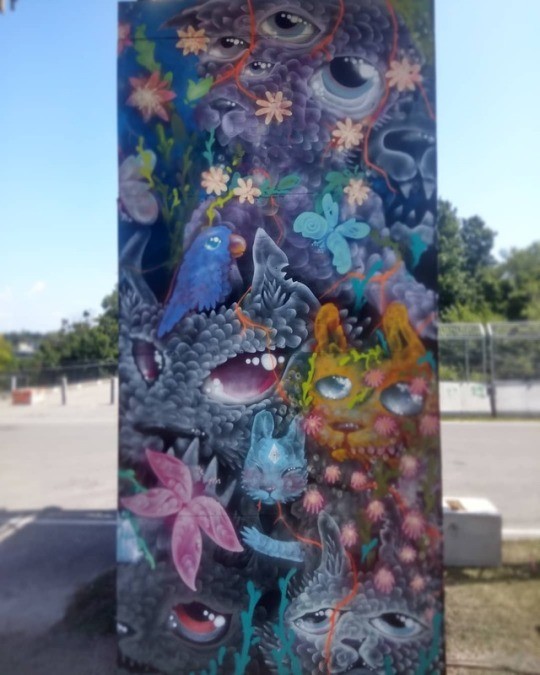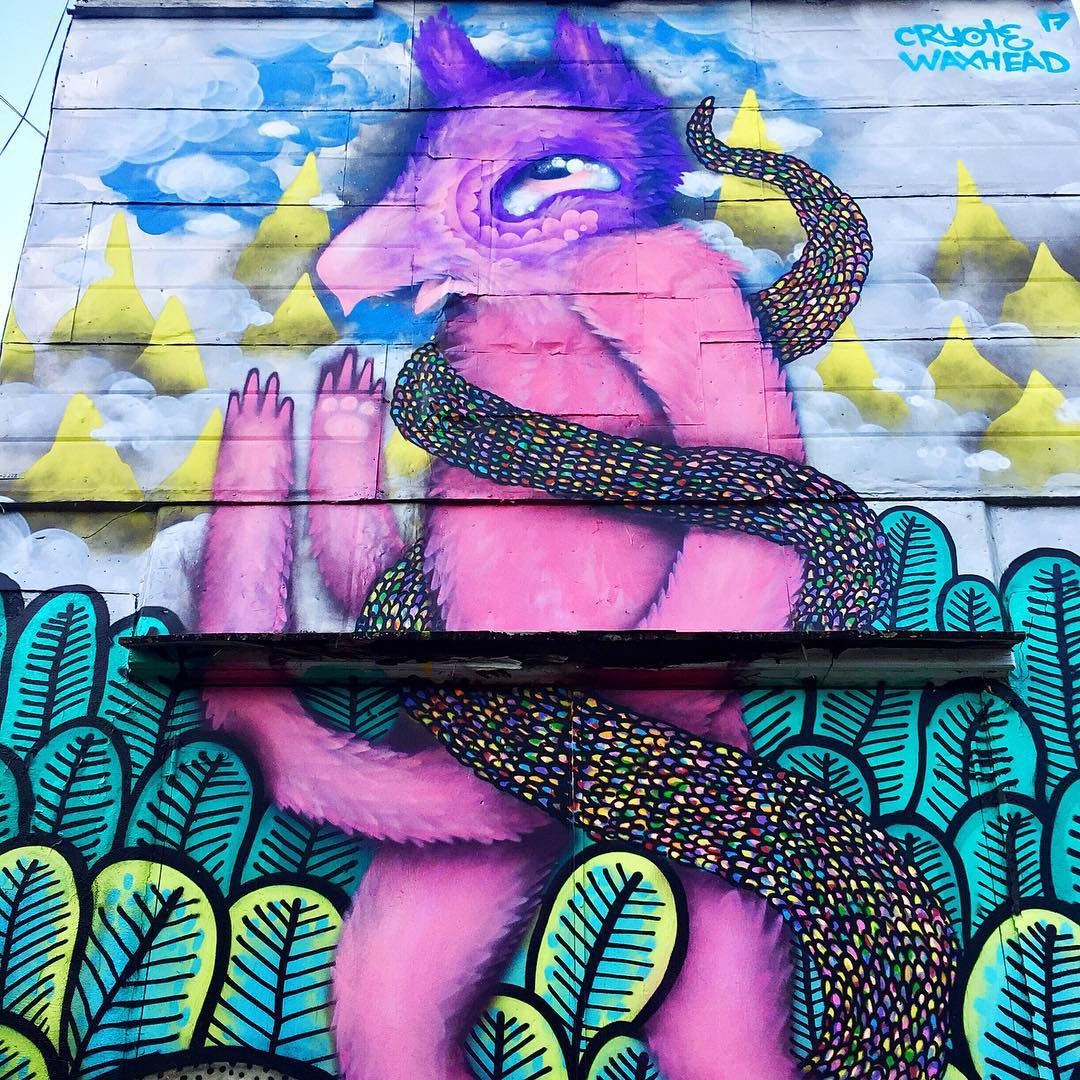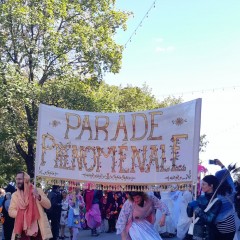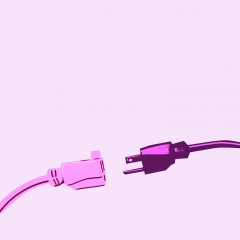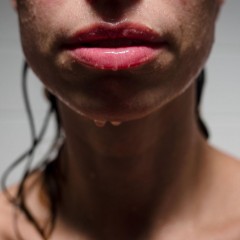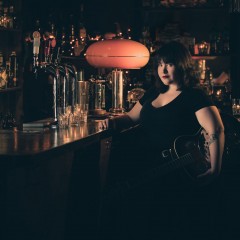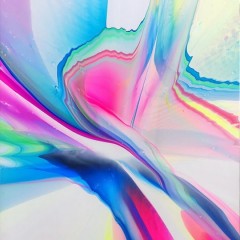
THE WRITINGS ON THE WALL: CRYOTE
I met Sebastian at Le Manoir de Beaux-Art a while back. I was immediately impressed by his sense of humour and kindness, and lo and behold he is a prolific artist as well—and, if i I might add, he is never short with a helping hand or just the thing you needed to hear to get through another day in Montreal.
I asked Sebastian Millar, AKA Cryote, a few questions about his work.
Q. How important is graffiti?
A. Graffiti is important because it is an unfiltered expression. Anyone can pick up a marker and leave their thought, to be accepted or rejected, judged or ignored. It can give people a voice and a sense of place, or help one to interact with their surroundings in a playful way. How we chose to leave our mark gives us insight into ourselves and each other, as well as the kind of ideas are developing within our society.
Q. What drives your work?
A. A need for a deeper interaction and understanding of the world around me. Projecting out while also acting as a satellite dish to receive the incoming signals back from the universe. The satisfaction in seeing the transformative art of painting.
Q. How powerful is an art community?
A. Artists have so much influence on each other—the artist community becomes a driving force behind the evolution of the culture.
Q. Is this common knowledge?
A. I don't think it is common knowledge unless you are part of the art scene.
Q- Where is graffiti in 20 years?
A. It's difficult to predict the direction. Graffiti has gone through a lot of dramatic changes; it seems as if each city has its own ever changing scene that influences each other. However, things are becoming more globalized. I think we will see a more universal understanding and acceptance of graffiti, street art and murals. Which to me is proving to be mostly positive, as I grew up in a place with low tolerance (Ottawa, CA) and have seen European cities with extreme leniency. Seeing things shifting slowly to being more that way has a lot of benefits, so I hope it continue.
Q. Is graffiti 'bee friendly?'
A. Graffiti is generally not very environmentally friendly; spray paint is toxic in many ways. Not good for bees.
Q. What is your pre-paint process?
A. Get the tools ready, imagine the ingredients... Think about all the possible directions that I could take a project and weigh out the best options depending on all the factors involved. Focusing my attention completely on the task at hand. Less about forming a picture in my mind about what it will look like, but being ready with the right recipe so I am doing as little guessing as possible during the creation. The time it takes to think as an artist is often overlooked. We know of hours spent in the studio painting, but forget about the days spent coming up with the ideas, building motivation and confidence to pursue the idea through till the final product. Thinking takes time too.
Understanding the materials and having them ready, knowing in my mind how I will use them: the limitations or the possibilities.
Q. Describe the ride you take while painting?
A. Regardless of how prepared I may feel before painting, sometimes all the thinking beforehand is really just overthinking. And the real magic in making art is the process of creation when the mind is silent and the art is just flowing out seamlessly. I paint a lot of large scale work and painting along to the music is like a dance of its own. I believe that all forms of artistic expression, especially painting, music and dance, have a great deal of influence on each other.
Q. Who are your inspirations and what is your goal as an artist?
A. I find so much inspiration from artists and the people around me it would be a long list of names! Seeing the variety in expressions from all people is really the most inspiring thing of all.
My goal is to continue exploring and expressing my ideas, using art as a way to connect.
Q. What's your desired effect on this tiny blue speck?
A. I would love to help reduce the amount of waste produced by humans. I hope that with the use of new technology we can find some alternatives to toxic materials and lower environmental harm.
Q. What is the appeal of publicly accessible art vs. gallery art or art in galleries?
A. Art galleries are mostly businesses. Curated and controlled, a gallery shows you a certain perspective and also has an environment for the art that shows it in a particular way. The gallery reflects upon the art and the art upon the gallery, while public art makes an interaction with its surroundings but does not have control over the public space. Outside the comfort of the gallery, art faces unfiltered public scrutiny. Often public art has a limited lifespan as a result of interactions with its environment. This couldn't be more apparent to a mural artist painting in Montreal, where taggers seem to have a particular taste for destroying what they consider merely "street art." Yet therein lies the beauty of graffiti, the freedom of expression; I put my art onto a wall to be loved or hated, and I must accept that. I don't want control over anyone just as I don't want to be controlled.
Cryote's work can be seen below.

